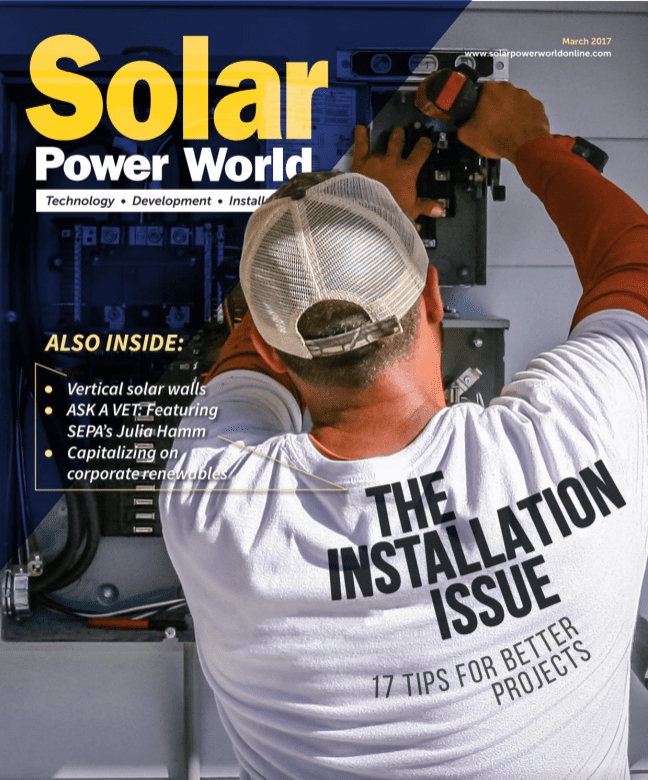Address connectivity issues to reduce trips to solar sites
April 10, 2017 Solar Power World
You’re a solar installer, not “the IT guy,” so why spend time dealing with connectivity issues, rebooting customers’ Wi-Fi networks?
While real-time monitoring is an essential feature of today’s PV systems, communication between system monitoring devices and the customer’s router is often overlooked. Understanding the options for today’s connectivity—and making smart choices for your customers—can save you costly return visits to jobsites.
The challenge
Relaying performance data from the solar system to the customer’s computer or smart device and the manufacturer’s database involves constant, reliable communication between specialized components. The typical signal chain for communication links the solar array to the data collector, which is typically called a gateway—such as the APsystems ECU or the Enphase Envoy. The signals travel to the home internet router and onto various monitoring stations.
It sounds straightforward, but differences in home size and layout can mean the gateway and router are separated, likely by walls and floors.
Bridging the gap
Today’s solar customers have an almost bewildering array of choices (and acronyms) for linking the gateway to their router. There are Wi-Fi extenders or Ethernet cables, such as Ethernet-over-powerline (EoP), where wires used to distribute power inside homes also transmit digital data based on time division multiple access (TDMA) technology. You can even use old-school CAT-5 or CAT-6 Ethernet cables. Each option has its particular strengths and weaknesses, and the right answer for one installation may not work for another.
Making the right choice
Solar customers want reliability, from the solar modules to inverters to production. Connectivity should have the same level of reliability.
Match your hardware choices to the size and layout of the house with proven technologies and products to ensure uninterrupted, around-the-clock monitoring. Keep in mind that the best choice will invariably be a hardline connection whenever possible. With potential signal disruption, a wireless connection will only ever be as reliable as wireless allows. Today’s wireless technology is incredible, but critical connectivity requires highly reliable communication devices. You simply can’t beat a direct, uninterrupted connection. Test each solution to find your ideal answer for each installation scenario, and remember the best solution is the one that requires the least follow-up once you’ve left the jobsite.
This installation tip was provided by Chris Barrett, director of engineering and technical services, APsystems
See full article on Solar Power World






